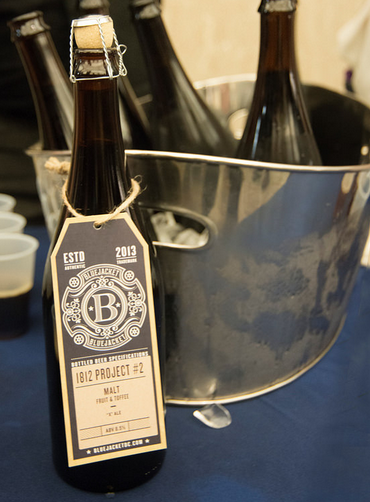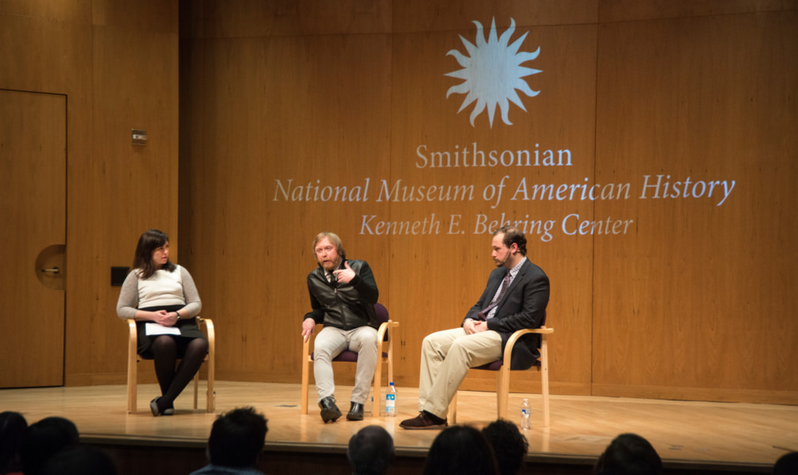Would you drink a beer that's 200 years-old? Bluejacket’s Greg Engert and Beer Historian Michael Stein set out to make some of D.C.’s first beers
/By Tim Ebner, special to Edible DC Okay, so it turns out that a 200 year-old beer doesn’t taste so skunk after all. Not that you should ever try a beer that’s been aged for two centuries. But if we’re talking historic beers — replica ales brewed in a similar fashion as they first were made centuries ago — then turn to Greg Engert and Michael Stein for a sip.
Engert is the beer director for the Neighborhood Restaurant Group (which runs Bluejacket brewery and other beer bars like Churchkey) and Stein is a local beer historian and homebrewer.
The duo share a passion for both history and brewing, and recently collaborated on a few beers made at Washington, D.C.’s first brewery.
Maybe you were one of the lucky few to taste these historic beers at a special tasting held at the Smithsonian’s National Museum of American History.
During the event, Engert and Stein explained how they were able to recreate the beers, which would have been brewed around the time the District was burning to the ground during the War of 1812.
The Washington Brewery (which according to the history books is D.C.’s oldest brewery) began making beer in 1805 by the Washington Navy Yard. It’s nearly the same spot where Bluejacket is located today, and also where Engert and Stein brewed their reproduction ales.
Really, Engert calls his beers an homage to the original since there was no recipe to guide their process. Not having the recipe was part of the creative challenge, he says.
“It seemed at first problematic that we were without actual recipes, but this ended up being somewhat freeing, and more suitable in some ways,” Engert says. “All historically inspired beers are just that: inspired. We are still brewing on modern equipment, with modern ingredients.”
Instead of a recipe, Engert and Stein relied on newspaper clippings found by a local historian and D.C. beer authority, Garrett Peck. Peck is the author of Capital Beer: A Heady History of Brewing in Washington, D.C. and wrote a research paper that helped to inspire Engert and Stein.
One of the ads referenced the types of beer for sale at the Washington Brewery: table beer, strong ale, X ale and porter. And, a second ad, which is really a notice for the brewery’s sale in 1813, documents the supplies and tools that would have gone into beer making.
Using this historical information, Engert and Stein made beers in a style and profile similar to what early Washingtonians would have drank. These aren’t your specialty and craft beers produced today. You might order a DC Brau Corruption (IPA) or 3 Stars Pandemic Porter, but back then historic beers were lower in alcohol volume and tasted a whole lot funkier.
Engert describes the X Ale as a burly, old school English barleywine. And, since brewing techniques were less than perfect in those days, it would have been easy to sour a beer from naturally-occurring bacteria or yeast strains.
What’s funny is that if you close your eyes and sip Stein and Engert’s historic take on a porter, it actually tastes like many of the newer sour beers found on tap at breweries and brewpubs today. Maybe this is history repeated, but Stein says there are definite lessons to be learned from looking back on D.C.’s brewing past.
“This project was a great starting point for inspiration,” he says. “We got to our porter by doing a bunch of experimentation. It took eight separate times to figure out that blend, but basically we put a modern touch on an original.”
Tim Ebner is a contributing writer for Edible. In the January edition of Edible DC, he profiles Washington, D.C.’s local homebrewing scene. For more food and drink tips, follow him on Twitter and Instagram @ebnert





